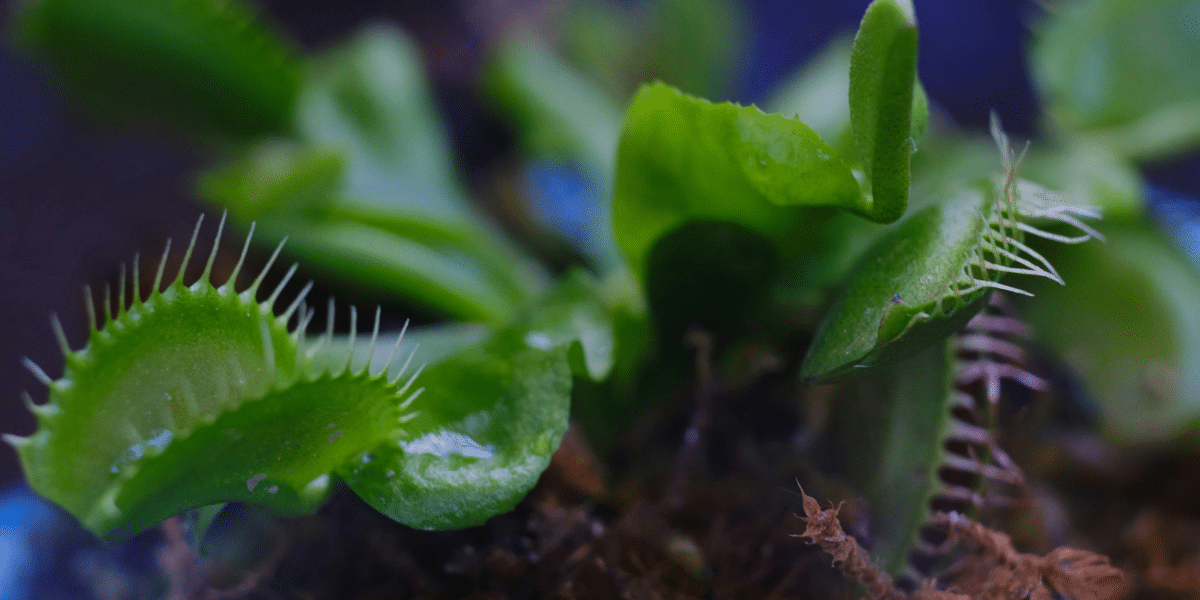Imagine a pitcher plant from an insect’s point of view. There’s this colorful thing sticking up out of the ground, patterned with what looks like delicate petals. It smells unbelievably sweet, basically like an all-you-can-eat dessert buffet. Naturally, you’re going to check it out! But those ‘petals’ are actually the rim of the pitcher, and that heavenly scent? It’s the plant’s way of saying “Welcome to your doom.”
It gets even crazier. Some pitcher plants have see-through patches on their pitchers. To a flying insect, these patches mimic sunlight filtering through real flower petals. The plants don’t just trick the insects with one sense, they create an entire false floral experience designed to lure them closer. As one scientist observes, “Pitcher plants are incredibly sophisticated when it comes to manipulating the senses of their insect prey.”
The thing is, pitcher plants aren’t just generally mimicking flowers – they’re tailoring the illusion. There’s evidence that different pitcher plant species evolved patterns and scents to attract their preferred snacks! They’re basically studying what the local bugs like and adapting their disguises for maximum temptation. So, that pitcher plant might smell like rotting meat to attract flies if that’s its favorite or mimic the sweet nectar scent that butterflies prefer. It’s both brilliant and a little terrifying!
“Come for the Nectar, Stay Forever”: False Promises
Pitcher plant floral lures use a variety of tricks to fool pollinators. Light-colored patterns on the pitcher ‘lip’ might resemble flower petals from a distance. Special translucent patches, known as ‘false windows’ even mimic the way light filters through petals, adding to the floral illusion (Kew, Plants & Fungi, Carnivorous plants with strange traps). And of course, there’s the scent – sweet, enticing, and utterly irresistible to any hungry insect.
Unlike a true flower though, these ‘blooms’ offer no reward. Lured in by the deception, the insect lands on the pitcher’s rim. Unfortunately, this is where the trap is revealed. The surface is incredibly slippery, often aided by downward-pointing hairs. The unsuspecting insect loses its footing, tumbling down into the pitcher’s depths. Trapped within, escape is impossible, and the plant’s digestive enzymes get to work.
What’s fascinating is how some pitcher plants customize their floral lures. Studies suggest certain species tailor their pitcher patterns and scents to attract the type of insects they find most delicious (Cosmos Magazine, Carnivorous pitcher plants trick and eat insects with convincing smells of nectar). One biologist notes, “It’s like the plant has studied its local insect population and knows exactly how to cater to the culinary preferences of its victims.” This level of specialized adaptation demonstrates just how sophisticated plant carnivory can be.
It’s important to remember these plants aren’t inherently malicious – they simply evolved in environments poor in nutrients. Their carnivorous adaptations allow them to get the vital nutrients they cannot draw from the soil. Some pitcher plant species even have a mutually beneficial relationship with certain insects. The insects are allowed to lay eggs within the pitcher in exchange for their assistance in breaking down trapped prey!
Carnivorous plants with floral lures captivate plant enthusiasts and scientists alike. Their deception is a striking reminder of the strange and surprising strategies found in the natural world. They also drive home a critical point: not everything in nature is as it seems. Sometimes, the most alluring appearances can lead to the most unexpected outcomes.








